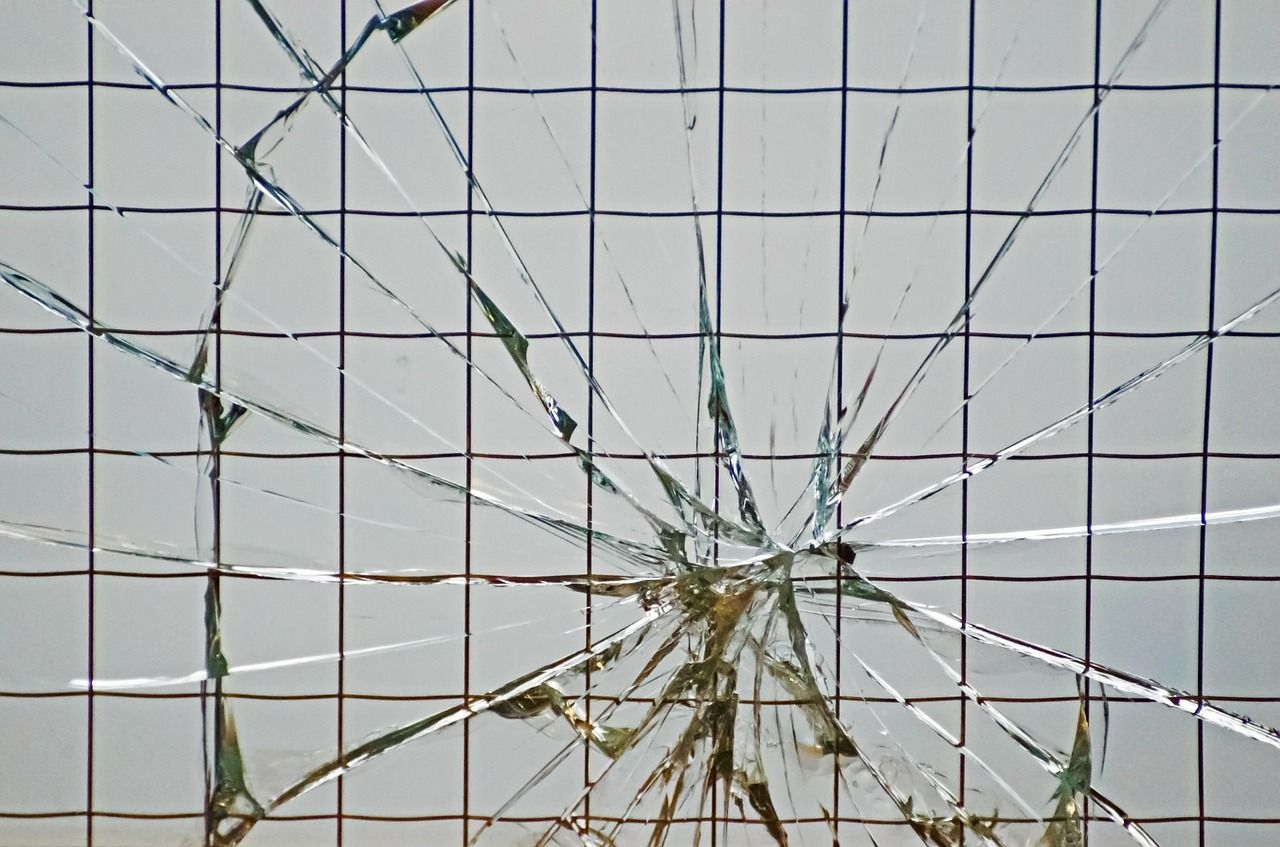
Enterprises have already started to embrace zero trust security over traditional security since it offers improved security while simultaneously improving flexibility and reducing complexity. Here’s how zero trust outperforms the traditional model:
Network access
Zero trust security enables users to connect with in-house applications securely. They can get these applications without exposing them to the internet or gaining network access.
On the other hand, traditional security uses the castle and moat concept (everyone inside the network is trusted by default). The user finds it difficult to access the applications from outside and is bound to trust everyone in the network. The problem here is that if a hacker poses as an insider, they get access to everything available within the network.
User identities
Zero trust security accepts no trust units before it awards the user admittance to anything. It also checks other forms of data before giving access to the client. In short, this security model pays heed to who the user is. So, it confirms the user’s identity every time the latter asks for security access.
Traditional security works on an entirely different principle as compared to zero trust. It gives value to where the user is coming from in the network. It utilizes the trust system because the client’s IP address or area characterizes the user identity in the system.
Modern techniques and technologies
Zero trust security tends to the concerns of cloud-facilitated data to re-examine a secure network plan. It solves these issues by accepting that everything is reliable. It grants trust only after the verification and authorization process.
However, traditional security lacks the modern techniques and technologies to monitor a network plan. The lack of these tools and services may compromise the system of the cloud-facilitated data, applications, and users.
What are the Benefits of Zero Trust Security?
Here is how zero trust benefits over traditional security:
- It helps users gain better visibility across networks and enterprises.
- It simplifies IT management through continual monitoring and analysis.
- It enables the security system to work smarter by utilizing the central monitoring functions.
- It ensures better data protection for networks, applications, and users.
- It helps secure the remote workforce of an organization by considering identity as the perimeter.
- It works on automation that enables the user to gain access to everything quickly.
- It ensures continuous compliance with each access request through evaluation.
Final Thoughts
Zero trust security depends on the possibility that a business must have a default trust option for any element that crosses its border. It verifies anything that attempts to associate with or access the framework. A zero-trust network is different from regular VPNs and firewalls, as it secures access to all applications within an enterprise. Additionally, zero trust replaces traditional security technologies by offering better authentication methods.
So when it comes to taking digital transformation initiatives, proactive protection is required in this new decade. Therefore, a wise move for enterprises will be to implement zero-trust security.
Originally Published at Hackernoon

https://bit.ly/3xVwIbZ
https://bit.ly/3a0YZ8O
https://guptadeepak.com/content/images/2022/06/photo-1441804238730-210ce1c2cc00.webp
https://guptadeepak.weebly.com/deepak-gupta/what-makes-zero-trust-better-and-different-from-traditional-security



